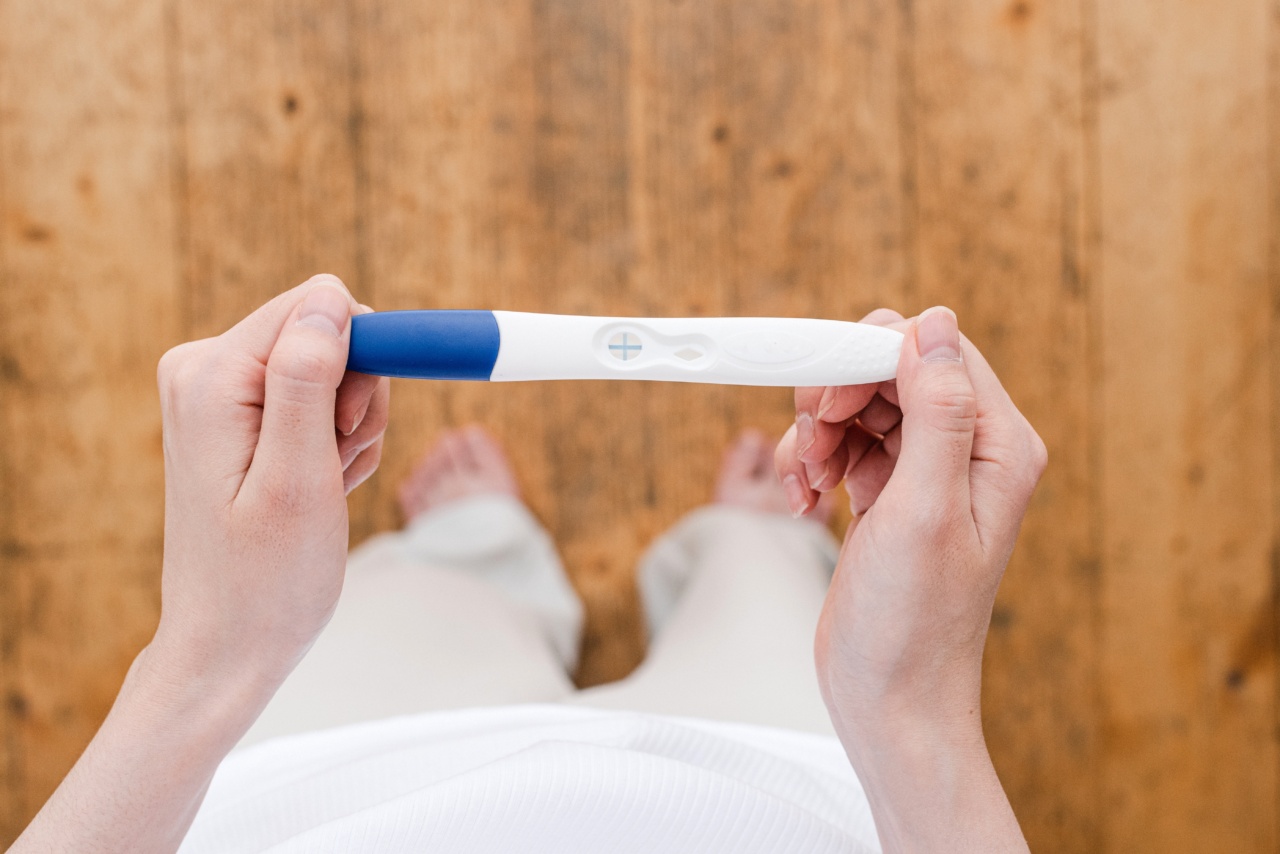Artificial lighting has been considered one of the major concerns for pregnant women. Many studies have shown that exposure to artificial lighting can lead to various health problems not only for the mother but also for the developing fetus.
Artificial lighting is a kind of environmental pollution that is caused by the use of fluorescent lamps, LEDs, computer screens, and other electronic devices that emit blue light.
What is Artificial Lighting?
Artificial lighting is any form of light that is created by humans. It comes from electronic devices that emit blue light waves, fluorescent lights, and LED lights.
These lights are used to illuminate indoor and outdoor spaces to allow people to carry out their daily activities even at night.
What are the Dangers of Artificial Lighting?
Artificial lighting has many dangers, particularly for pregnant women. Here are some of the dangers:.
Disruption of Circadian Rhythm
The circadian rhythm is the internal 24-hour cycle that our body follows. The natural rhythm of our body is to be awake during daylight and to sleep at night. Artificial lighting can disrupt this pattern and interfere with our sleep patterns.
Exposure to artificial lighting can cause the body to produce less melatonin, the hormone responsible for making us feel sleepy.
Increased Risk of Preterm Birth
Studies have shown that exposure to artificial lighting, particularly at night, can increase the risk of preterm birth. Preterm birth is defined as giving birth before the 37th week of pregnancy.
Preterm birth can have serious consequences for the baby’s health and development.
Suppression of Immune System
Artificial lighting can also suppress the immune system of a pregnant woman. When we are exposed to blue light, our immune system produces fewer white blood cells, which can result in a weakened immune system.
This puts pregnant women at higher risk of infection and other illnesses.
Impact on Fetal Development
Exposure to artificial lighting during pregnancy can have an impact on fetal development.
Studies have found that exposure to artificial light during pregnancy can lead to a decrease in the baby’s body weight, and can increase the risk of the baby having low birth weight. Additionally, exposure to artificial lighting can also affect the baby’s neurobehavioral development.
Eye Strain
Pregnant women who use electronic devices for long periods of time can experience eye strain. Eye strain can lead to headaches, dry eyes, and other vision problems.
Increased Risk of Mood Disorders
Exposure to artificial light at night can also increase the risk of mood disorders, such as depression and anxiety. This is because exposure to blue light can interfere with the production of serotonin, a hormone that regulates mood and behavior.
Increased Risk of Gestational Diabetes
There is also evidence to suggest that exposure to artificial lighting at night can increase the risk of gestational diabetes. Gestational diabetes is a form of diabetes that occurs during pregnancy.
It can have serious consequences for the mother and baby.
Ways to Reduce Exposure to Artificial Lighting
There are several ways to reduce exposure to artificial lighting:.
- Use dimmer switch or lower the intensity of the light
- Use curtains or blinds to block out light from external sources
- Use red or amber night lights instead of blue or white lights
- Avoid using electronic devices before bed
- Turn off electronic devices when not in use
The Bottom Line
Artificial lighting is a major concern for pregnant women, as exposure to it can lead to various health problems both for the mother and for the developing fetus.
The best way to reduce exposure to artificial lighting is to use low-intensity lights, block out external light sources with curtains or blinds, and avoid using electronic devices before bed. Pregnant women should be aware of the dangers of artificial lighting and take steps to protect themselves and their developing babies.































